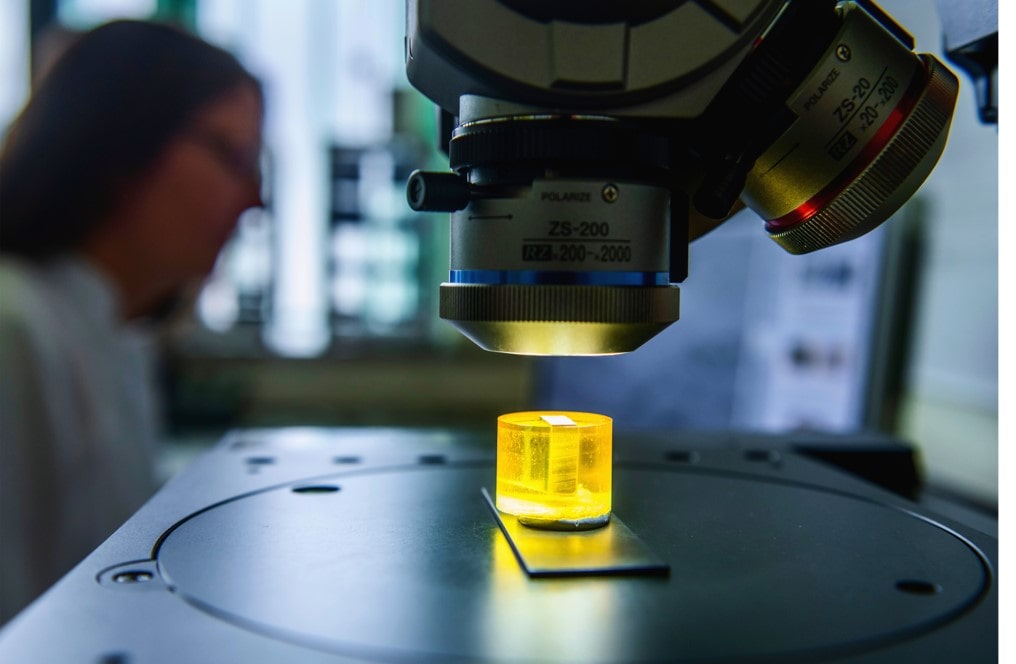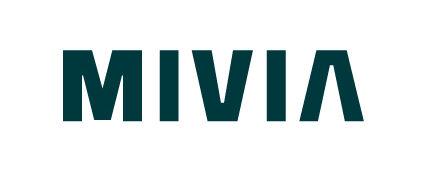How to make your metallography fit for modern technologies - A practical guide
Metallography, the science and art of examining and analysing metal structures, plays a crucial role in many industrial sectors. With the rapid development of modern technologies, traditional disciplines such as metallography need to be adapted and optimised to continue to deliver accurate and relevant results. In this article, we will look at how you can make your metallography fit for modern technologies.

Navigation
Table: Modern technologies and their application in metallography
| Technology area | Moderne Lösungen | Benefits |
| Automation and digitisation | Automatic sample grinding and polishing systems, digital microscopes, image processing software | Reduction of human error, Consistent results, High-resolution imaging, Automatic error detection |
| Modern preparation techniques | Ion cutting and FIB (focussed ion beam), plasma etching | Precise cuts and sample preparation, uniform etching without mechanical impact |
| Advanced analysis methods | Electron microscopy (SEM, TEM), X-ray diffraction (XRD), atom probe tomography (APT) | Extremely high resolutions, identification of crystal structures and phase 3D mapping of atomic composition |
| Data management and analysis | Databases and cloud solutions, machine learning and artificial intelligence | Efficient storage and management, pattern recognition and predictions of material behaviour |
| Training | Workshops and seminars, online courses and certifications | Practical experience and expert exchange, flexible and cost-efficient training |
| Sustainability and environmental awareness | Use of environmentally friendly chemicals, energy-efficient appliances | Reduction of environmental impact, safer working conditions, reduction of the ecological footprint |
1. Automation and digitisation
Digitalisation has revolutionised almost every aspect of our lives and metallography is no exception. The introduction of automated systems can significantly increase the efficiency and accuracy of your metallographic analyses.
- Automatic sample grinding and polishing systems:
These systems reduce human error and standardise the process, leading to more consistent results. Automation allows the preparation process to be optimised as parameters such as pressure, speed and time can be precisely controlled. This not only leads to greater reproducibility, but also to a reduction in the required working time. - Digital microscopy:
These enable high-resolution imaging and analysis. Digital microscopes offer advantages such as the ability to save and edit images and easily share data with colleagues or for test reports. In addition, digital microscopes can often be coupled with software that enables comprehensive analysis of microstructures. - Image processing software:
Advanced software solutions can analyse microstructures, identify phases and provide quantitative data that is essential for material analysis. By using image processing algorithms, complex structures and phases can be automatically recognised and quantified. This saves time and increases the accuracy of the analysis.
2. Modern preparation techniques
Traditional preparation techniques such as grinding, polishing and etching need to be updated to keep pace with modern materials and requirements.
- Ion cutting and FIB (Focused Ion Beam):
These techniques offer extremely precise cutting and sample preparation at the microscopic level. FIB can be used not only for cutting but also for targeted ablation of material, which is particularly useful for preparing samples for electron microscopy. FIB can also be used to create and analyse three-dimensional structures. - Plasma etching:
A technique that enables uniform etching without mechanical impact and is particularly useful for sensitive materials. The advantage of plasma etching is that it introduces less mechanical stress into the sample and therefore better preserves the integrity of the microstructural details. It is particularly useful for materials that are difficult to etch or where conventional methods may cause damage. Translated with www.DeepL.com/Translator (free version)
3. Advanced analysis methods
The further development of analytical methods enables a deeper and more precise analysis of metal samples.
- Electron microscopy:
Techniques such as scanning electron microscopy (SEM) and transmission electron microscopy (TEM) offer extremely high resolutions and insights into the micro- and nanostructure of metals. SEM is particularly suitable for analysing surfaces and examining fracture surfaces, while TEM can provide detailed information about the internal structure and defects at an atomic level. - X-ray diffraction (XRD):
This method enables the identification of crystal structures and phases present in a sample. XRD is particularly useful to characterise the crystalline structure of materials and to monitor phase changes that may occur during thermal or mechanical treatment. It also offers the possibility to analyse residual stresses and textures in materials. - Atom probe tomography (APT):
Eine Technik, die es ermöglicht, die atomare Zusammensetzung und Struktur von Materialien dreidimensional zu kartieren. APT bietet eine extrem hohe räumliche Auflösung und Empfindlichkeit, was es ermöglicht, die Verteilung von Atomen in Legierungen und anderen Materialien genau zu bestimmen. Dies ist besonders wertvoll für die Untersuchung von nanoskaligen Phänomenen und der Entwicklung neuer Materialien.
4. Data management and analysis
As the amount of data generated increases, managing and analysing this data is becoming an increasingly important task.
- Databases and cloud solutions:
Die Speicherung und Verwaltung großer Datenmengen kann durch cloudbasierte Lösungen effizienter gestaltet werden. Diese Lösungen ermöglichen den einfachen Zugriff auf Daten von verschiedenen Standorten aus und erleichtern die Zusammenarbeit zwischen Teams. Cloud-basierte Datenbanken können auch die Sicherheit und Integrität der Daten gewährleisten. - Machine Learning and Artificial Intelligence:
Diese Technologien können genutzt werden, um Muster in großen Datensätzen zu erkennen und Vorhersagen über Materialverhalten und -eigenschaften zu treffen. Durch die Anwendung von maschinellem Lernen können komplexe Zusammenhänge in den Daten identifiziert und neue Erkenntnisse gewonnen werden, die mit herkömmlichen Analysemethoden nicht möglich wären. KI kann auch zur Automatisierung von Routineaufgaben und zur Verbesserung der Genauigkeit und Effizienz von Analysen eingesetzt werden.
5. Training
Continuous training is essential to keep pace with the latest technologies.
- Workshops and seminars:
Regular participation in training courses on new technologies and methods keeps your team up to date. These events offer the opportunity to gain practical experience and exchange ideas with experts in the field. They can also help to build networks and promote new collaborations. - Online courses and certifications:
These offer flexible and often cost-effective opportunities for further training. Online courses allow participants to learn at their own pace and apply what they have learnt directly to their daily work. Certifications can also demonstrate the credibility and expertise of your team to the outside world.
6. Sustainability and environmental awareness
Modern technologies also offer the opportunity to implement more sustainable and environmentally friendly practices in metallography.
- Use of environmentally friendly chemicals:
Environmentally friendly alternatives can be used for etching and polishing. This reduces the impact on the environment and increases safety for laboratory staff. By using biodegradable or less toxic chemicals, the risk of environmental pollution and health hazards can be minimised. - Energy-efficient appliances:
The use of energy-efficient devices reduces the ecological footprint of your laboratory. Modern equipment is often not only more efficient in terms of energy consumption, but also more powerful, which leads to higher productivity. The integration of renewable energy sources, such as solar panels, can also help to improve the sustainability of your laboratory.
Conclusion
The integration of modern technologies into metallography offers enormous advantages in terms of precision, efficiency and sustainability. By automating processes, utilising advanced analytical methods and continuous training, you can ensure that your metallographic investigations meet current and future requirements. Adapting to these modern technologies is not only a step towards the future, but also an investment in the quality and relevance of your research and analyses.
